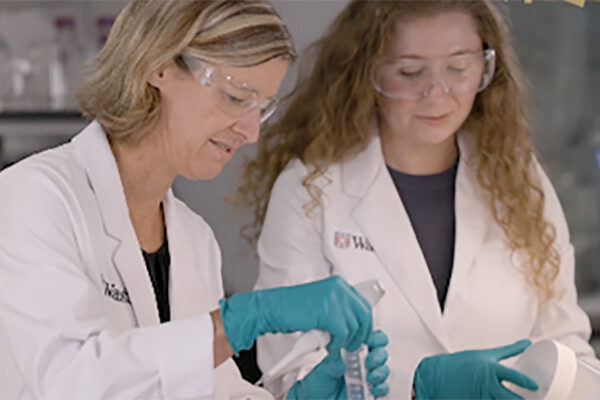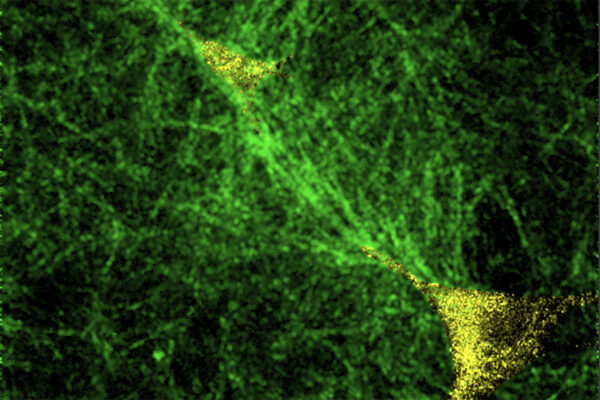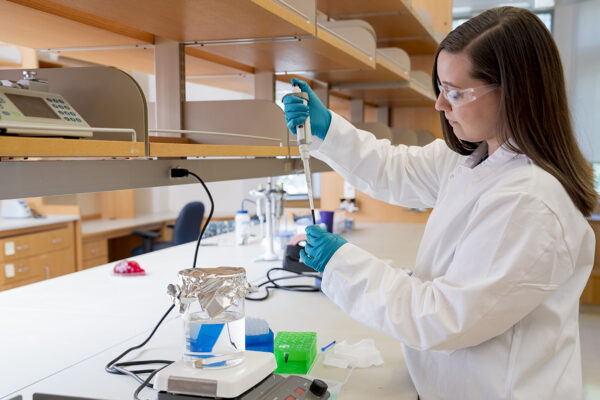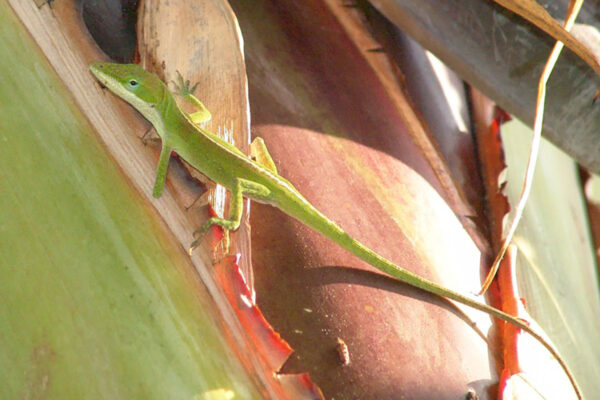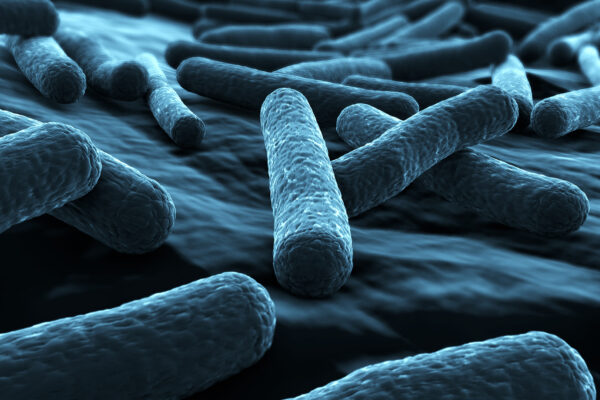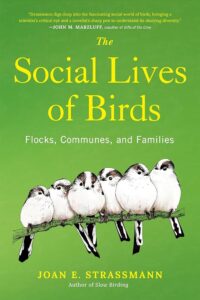A scientist’s ‘a-ha moment’
Alex Quillin, PhD ’25, talks about the day she looked through the microscope and realized what she and her fellow students discovered.
Lohmann installed as the George Engelmann Professor of Botany
Lúcia Lohmann has been installed as the George Engelmann Professor of Botany at Washington University in St. Louis.
Timing may be key to effective cancer treatments
Researchers at Washington University in St. Louis found that the timing of biopsy can affect how doctors diagnose tumors and when those cancers may be more sensitive to chemotherapy.
Prime time for fiber optics to take a deep dive into brain circuits
A group of researchers from Washington University in St. Louis has created a new kind of fiber-optic device to manipulate neural activity deep in the brain.
Tissue ‘tipping points’: How cells collectively switch from healthy to disease states
In recent research, Guy Genin, a biomedical engineer at Washington University in St. Louis, has identified phase transitions in living tissue that could explain why fibrosis suddenly accelerates.
Engineers create hydrogels to monitor activity in the body
Researchers at Washington University in St. Louis have created injectable bioelectric hydrogels for use in monitoring biological activity such as heart rate.
‘Pirates’ of the Caribbean: The luck and pluck of three-legged lizards
Researchers from Washington University in St. Louis and the Georgia Institute of Technology study lizards who have lost limbs to understand how omnipresent the forces of natural selection can be, and why those lizards appear to be resilient.
Several faculty receive NIH MIRA awards
Several biology and medical researchers at Washington University in St. Louis have earned prestigious awards from the National Institutes of Health (NIH).
The Social Lives of Birds
Flocks, Communes, and Families
An exploration of all the ways in which birds are social creatures—from breeding to nesting to babysitting
Novel technologies underway to help those with spinal cord injuries move
A multidisciplinary team of researchers at Washington University in St. Louis plans to investigate the neural mechanisms behind various controls of transcutaneous spinal cord stimulation in generating different leg movements with a five-year, nearly $3 million grant the National Institutes of Health (NIH).
Older Stories
